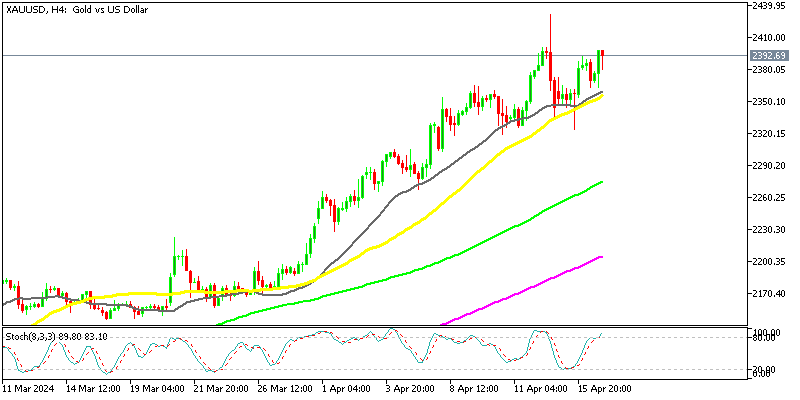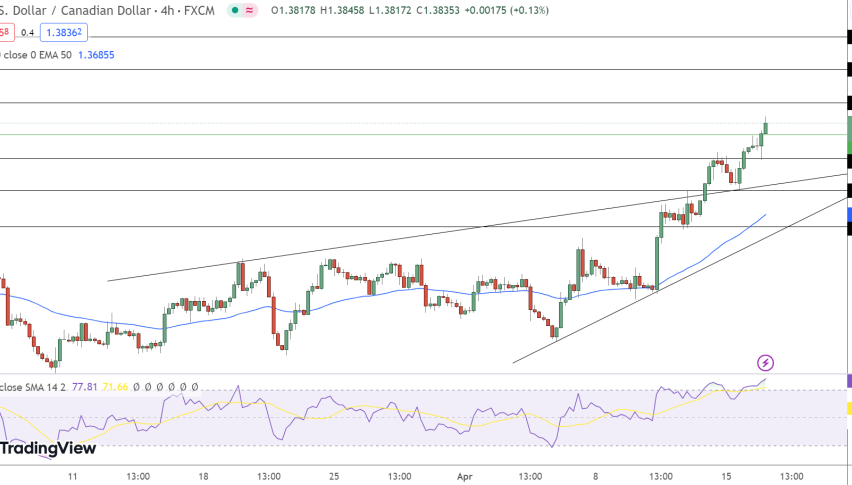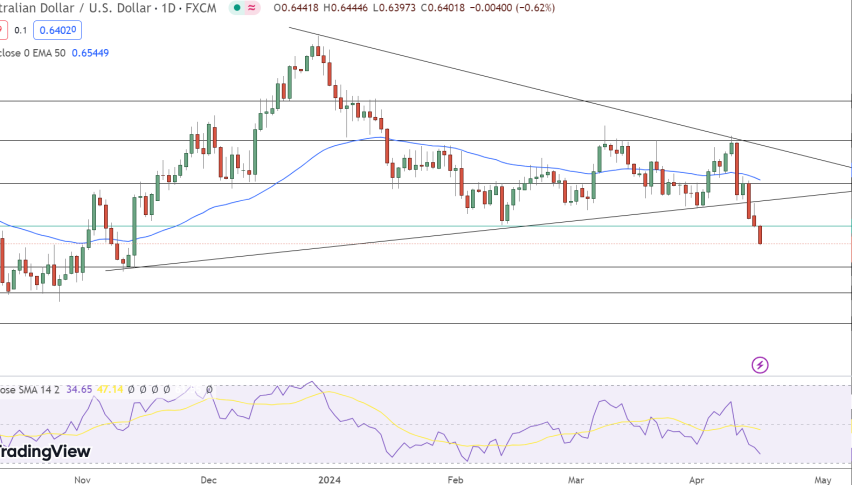The EUR/USD currency pair has been experiencing a bearish performance recently, with the euro losing ground against the US dollar. However, several factors have contributed to this downward trend including the geopolitical tensions in the Middle East, which have led to increased uncertainty in the market.
This has bolstered the US dollar, as higher inflation often leads to expectations of tighter monetary policy. Furthermore, the cautious stance of the Federal Reserve, coupled with weaker German economic data and geopolitical tensions, has contributed to the bearish performance of the EUR/USD currency pair.
Weak German Data and Its Impact on EUR/USD
Apart from this, the downbeat economic data from Germany has also weighed heavily on the EUR/USD currency pair.
German industrial orders and factory data have both disappointed economists’ expectations, indicating a slowdown in the German manufacturing sector. Meanwhile, Industrial orders tumbled at an annual rate of 10.6% in February, while factory orders only rose by 0.2% over the same period, missing estimates.
Therefore, the sluggish performance of the German economy has raised concerns about the broader Eurozone economy, as Germany is its largest economy.
Investors are worried that weaker economic growth in Germany could drag down the entire Eurozone, putting pressure on the shared currency. As a result, the EUR/USD currency pair has faced selling pressure, contributing to its bearish trend.
Cautious Fed Stance and US Initial Jobless Claims: Impact on EUR/USD
On the US front, the cautious stance of the Federal Reserve, coupled with weaker-than-expected US economic data, has also influenced the EUR/USD currency pair.
Despite initial speculation about potential interest rate cuts, recent comments from Fed officials have tempered expectations. Some policymakers have indicated that if inflation remains stable, there may be no need for rate cuts in 2024.
Additionally, US initial jobless claims increased to 221,000, slightly higher than expected. This uncertainty has supported the US dollar, as investors seek safe-haven assets amid economic uncertainties.
EUR/USD Price Forecast: Technical Outlook
The EUR/USD pair holds steady at 1.08430, showing marginal change. The pivot point at 1.0833 suggests a bullish sentiment above this level, with the potential for a downturn if it breaks below.
Resistance is identified at 1.0879, 1.0917, and 1.0963, while support levels are at 1.0805, 1.0765, and 1.0726.
The Relative Strength Index (RSI) is at 58, indicating moderate momentum, and the 50-day Exponential Moving Average (EMA) stands at 1.0817, closely aligning with the pivot, reinforcing the current bullish trend.
A decisive move above or below the pivot could set the direction for the EUR/USD’s next significant movement.




















